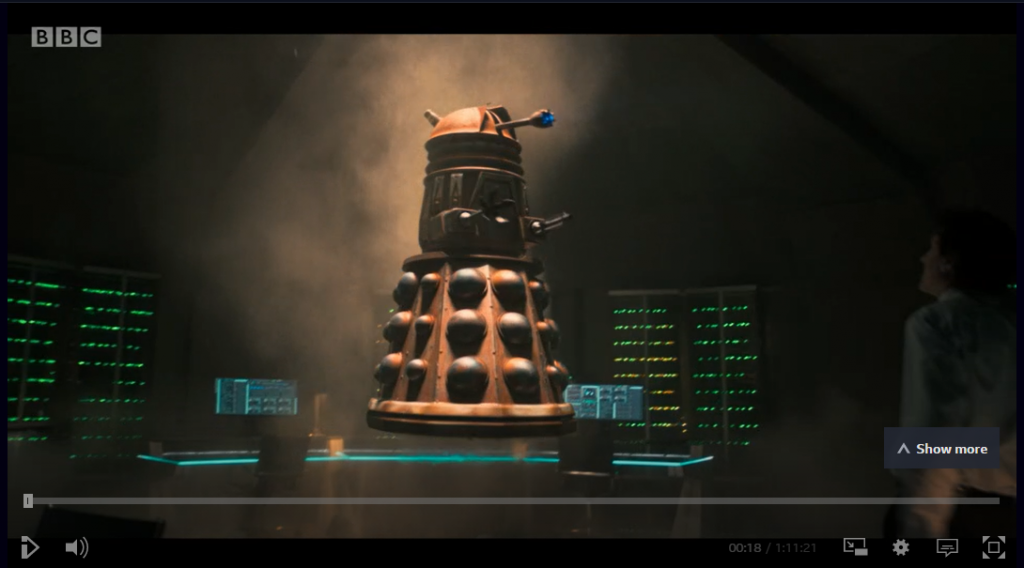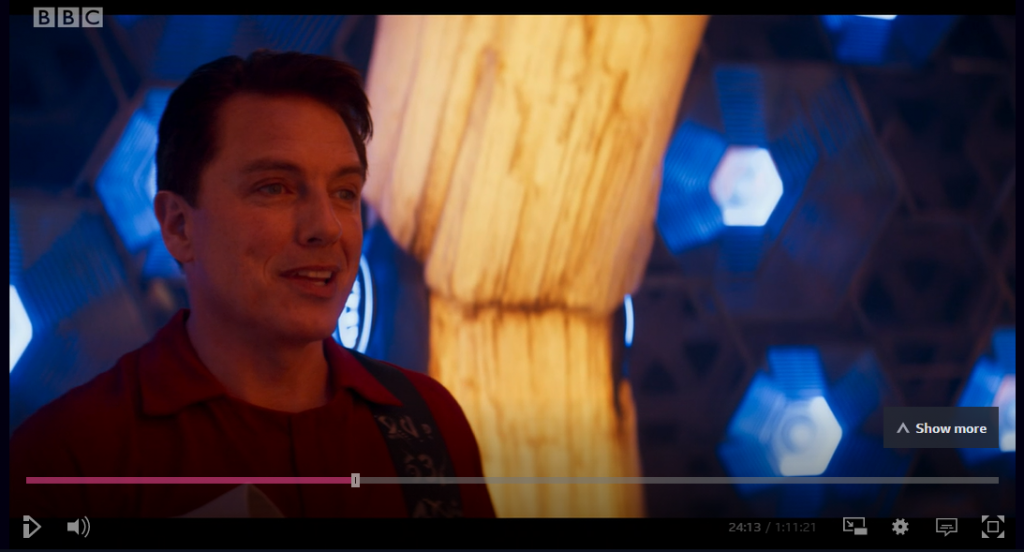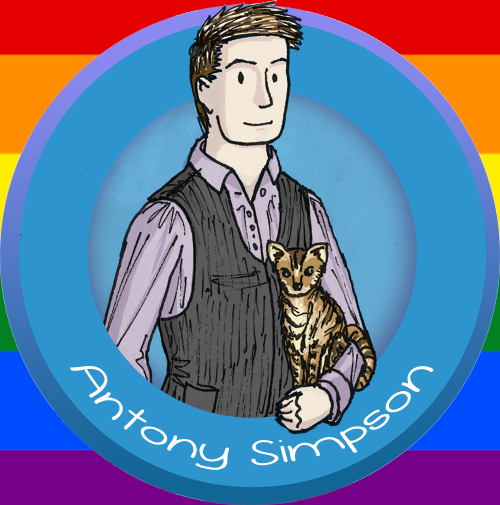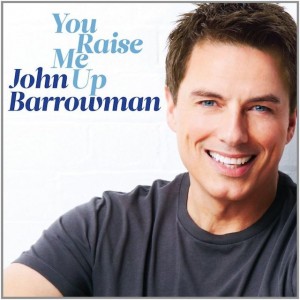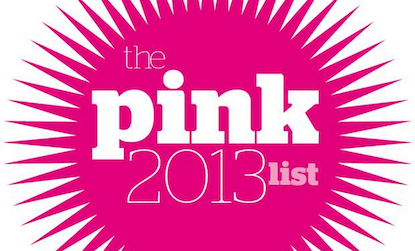TheGayUK‘s theme this month is Vintage. The articles I’ve written this month are: Vintage History: Manchester Gay Village, Top 5 Vintage TV Characters & Book Reviews. Now, some of these have been submitted, but not yet published. The Editor assures me he’s spreading out the articles over the month, so here’s your chance to get a first read.
Here is my first article on the theme and what I learnt from writing this piece:
Vintage History: Manchester Gay Village
Manchester Gay Village has a long history that makes it truly vintage. Starting as an underground scene in the sixties, through the decades it has transformed to what it is today: one of the most vibrant gay scenes in the UK. In this article we’ll cover the significant events that led to this transformation, describe the Village today and briefly contemplate it’s future.
In the 60s the area that would become the Village was deserted following the collapse of the cotton industry. Having been industrialised it was a gloomy part of the city with little life. The night visitors to the area were either men looking for prostitutes or the prostitutes themselves.
At this point it was still illegal for men to have sex with men, gay people were isolated, not seen as part of society and often encouraged to conform and get married to someone of the opposite sex.
The New Union pub started out as a place for men to meet female prostitutes, but it soon started to attract a small number of gay men. Female prostitutes and gay men might sound like an odd combination, but it was a relationship of mutual legal protection. If the Police ever raided, the prostitutes would pretend to be the gay men’s girlfriends so that neither could be arrested for their respective crimes: prostitution or men that are having sex with men.
In 1967 after campaigning in Manchester, London and other cities the law was changed so that men having sex with men were no longer doing anything illegal, but societal attitudes would take longer to change.
In the 70s the civil rights movement in Manchester continued to campaign for equality. The Rembrandt pub opened as well as one or two others; but these few venues were regularly raided by the Police aiming to catch gay men engaging in sexual activity in a public places. The Police applied the law unfairly, as it was only applied to gay men and often the attitudes of Police Officers were perceived as homophobic.
Then the early 80s came and along with it HIV/AIDS. This caused an increase in homophobia in society but caused the gay community to stand together. In the Village the Thompson Arms seemed to have opened at around this time, if not slightly earlier.
By the late 80s more gay people were coming out. In Manchester protests against Section 28 took place that passed through the city centre, the Village and ended at the town hall. At one of these Manchester protests around 20,000 people marched and what was significant was that: they weren’t all gay. In the Village New York, New York, Queen Club (now Company Bar) and Napoleons opened at around this time. The New Union and Rembrandt were still going strong.
In the late 80s Manchester Pride was also born, although it wasn’t named as that until many years later. It started with the owners of Rembrandt, Napoleons and the New Union wanting to do something on the August Bank Holiday weekend, the main event in the first year was an afternoon bring and buy sale. The vigil aspect came a few years later, when the gay people of Manchester started loosing their friends, lovers and life partners to HIV/AIDS.
The 90s brought a glass-fronted revolution started by the newly opened Manto bar. Before Manto the Village had a very “behind closed doors” feel to it, and this glass-fronted venue was symbolic of being: out and proud. New bars sprang up including Metz, Prague 5 (now G-A-Y), Vanilla and Via Fossa. Poptastic and Cruz 101 clubs opened around this time as well.
The late 90s brought Queer As Folk, a TV programme that dramatised life of three gay men in the Village. It was aired on Channel 4 and signified that there had been a major shift in societal attitudes towards gay people.
By the noughties the Village was similar to as it is now but the construction of The Beacon of Hope was significant. The Beacon of Hope stands on the edge of the canal in Sackville Park. It is a beautiful artistic steal structure that lights up in the evening symbolic of remembrance. Although we’ve moved on, we’ve not forgotten our gay brothers and sisters who’ve been lost to HIV/AIDS.
The Village today is a clean and bright setting with plenty of bars and clubs that gives it a vibrant atmosphere. It has the Village Business Association (business owners group), the Lesbian and Gay Foundation (a charity aimed at improving the health & well being of gay people), Manchester Pride (one of the biggest pride events in the country) and a myriad of community groups around every sort of leisure activity you could imagine. If you want to find out more about Manchester Gay Village, see our guide to gay Manchester:
http://www.thegayuk.com/#/manchester/4565401305.
Looking at the Village’s history one thing that is clear: it has always brought the gay community of Manchester together. Once together gay people have always instigated the change they want to happen. As long as the Village continues to bring the gay community together, be a part of the changes and keep up with them, it’s future will remain secure.
Antony Simpson, writer of this article wasn’t born until the mid-eighties. So in addition to speaking to some of his older friends who witnessed to some of the historic events in this article, he would also like to reference the following sources:
Gaydio: Your Story Radio Documentary, available: http://yourstory.gaydio.co.uk/documentaries/.
Guardian: Village people by Beatrix Campbell, available:
http://www.guardian.co.uk/world/2004/aug/07/gayrights.communities.
Channel 4 OD: Queer As Folk
http://www.channel4.com/programmes/queer-as-folk/4od
Wikipedia: Canal Street (Manchester), available:
http://en.m.wikipedia.org/wiki/Canal_Street_(Manchester)
Here is what I learnt from writing this article:
- Don’t disregard an idea without discussing it with someone first. I happened to mention in an online writers meeting that I’d had the idea for this article, but disregarded it as it was local history and TheGayUK is a national online magazine. The Editor seemed really keen on the idea and said that after London, Manchester was their next biggest audience.
- More about the journalistic research process.
- If you’re writing about something that’s been wrote about it before, make it your own by using a different slant or point of view (POV).
- When it came to writing about the ‘noughties’ writing 00s didn’t feel right so I ended up using the word. This was inconsistant with the 60s, 70s, 80s and 90s I’d previously used. I should have found a better way to write the decades, as it would have made the article consistent.

Here is my second article on the theme and what I learnt from writing this piece:
Top 5 Vintage TV Characters
This month’s theme is Vintage. So I thought I’d share with you my Top 5 Vintage TV Characters. In order to make my list, characters had to be iconic (at least to me), gay and in some way vintage. So here we go:
5. Willow Rosenburg (Alyson Hannigan)
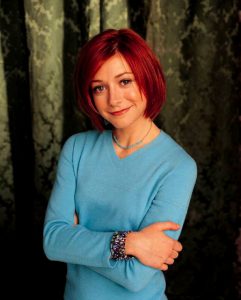
(Image Credit: Slayer Revival @ Flickr)
Buffy The Vampire Slayer first appeared on TV in 1997. Willow started off as a geeky, shy girl who fell in love with part-man part-werewolf Oz (Seth Green). When Oz decided he was too dangerous to be around and left Willow she slowly transformed into an UBER Witch. She met fellow Witch Tara (Amber Benson) and fell in love again, only for Tara to be murdered. I love Willow because of the transformation from shy girl to powerful independent woman.
4. Captain Jack Harkness (John Barrowman)
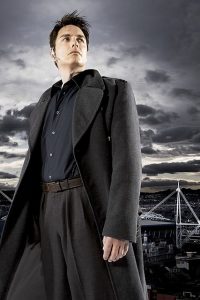
(Image Credit: alacoolb @ Flickr)
Captain Jack Harkness first appeared on our TV screens in 2005 in Doctor Who, before getting his own spin-off series Torchwood. Captain Jack is openly bisexual although all of his on screen relationships have been with men.
Now before you start commenting and telling me 2005 is hardly Vintage; Captain Jack is an immortal rogue Time Agent that has a timeline that dates back 1860’s. So if that doesn’t make him vintage, I don’t know what will.
3. Michael ‘Mouse’ Tolliver (Marcus D’Amico)
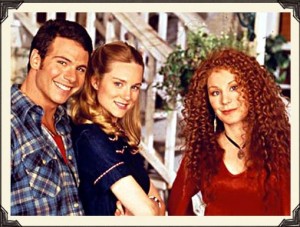
(Image Credit: Seattle Gay Scene)
Michael ‘Mouse’ Tolliver appeared on TV in Tales of the City in 1993, which was based on the series of books with the same name. Michael is a gay man living in San Francisco in the late 70s and is a truly loveable character. If you’ve never seen Tales of the City, I can’t recommend the TV series’ and books enough.
2. Mr Humphries (John Inman)
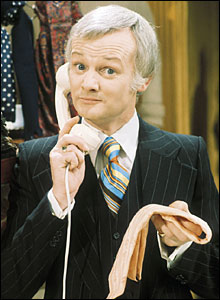
(Image Credit: NightMaresGrim13 @ Flickr)
Are You Being Served? Originally appeared on TV in the 1970s through to the 1980s. Are You Being Served? Was a sit-com set in Grace Brothers’ Clothing Department that focused on the Sales Clerks. I remember seeing a re-run and instantly fell in love with the mincing Mr Humphries.
Camp humoured Mr Humphries was filled with innuendo always alluded to his sexuality, as did his famous catch phrase ‘I’m free!’ whenever a good looking gentleman entered the store. An iconic character, one of the first TV characters to allude to their gay sexuality.
1. Edna Everage (Barry Humphries)
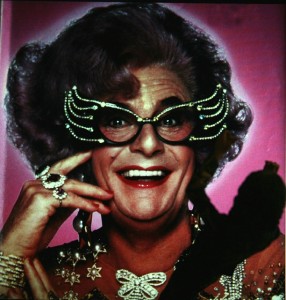
(Image Credit: jsarcadia @ Flickr)
Edna Everage debuted on stage in her native Australia before she appeared on our TV screens in the late 80s. This Melbourne Housewife is surrounded by fables, but is essentially a character created and played by Barry Humphries. Edna Everage self-proclaimed advisor to the stars and royalty I always think of as being the first mainstream comedian drag act. Her international status makes her number 1 on my list.
If there’s a TV character you feel should be on the list, comment below so that I can discover some new characters.
Here is what I learnt from writing this article:
- That I can write and indeed enjoyed writing a light-hearted ‘Top’ article.
- The format of a ‘Top’ article.
- Use of a Creative Licence with regards to using flickr user images.
- Keeping it brief: saying more with less words.
Book Reviews
This month I have submitted two book reviews: BOOK REVIEW: Into The Flames by Mel Bossa and Book Review: Handling Edna The Unauthorised Biography by Barry Humphries.
Blog soon,
Antony

